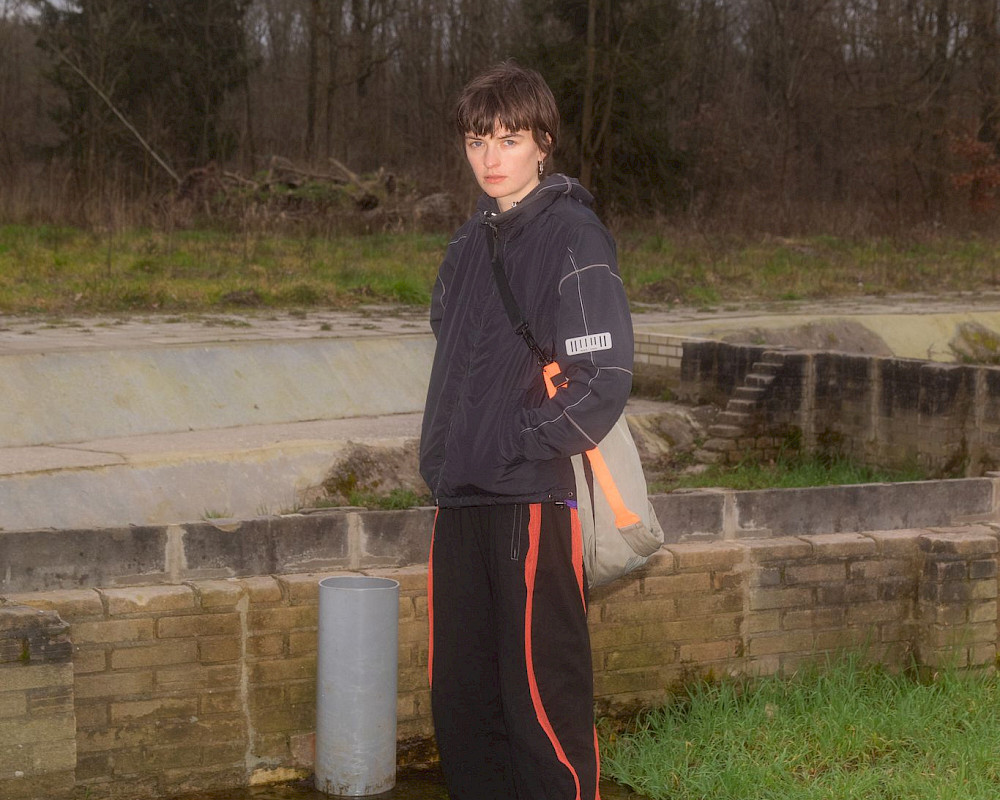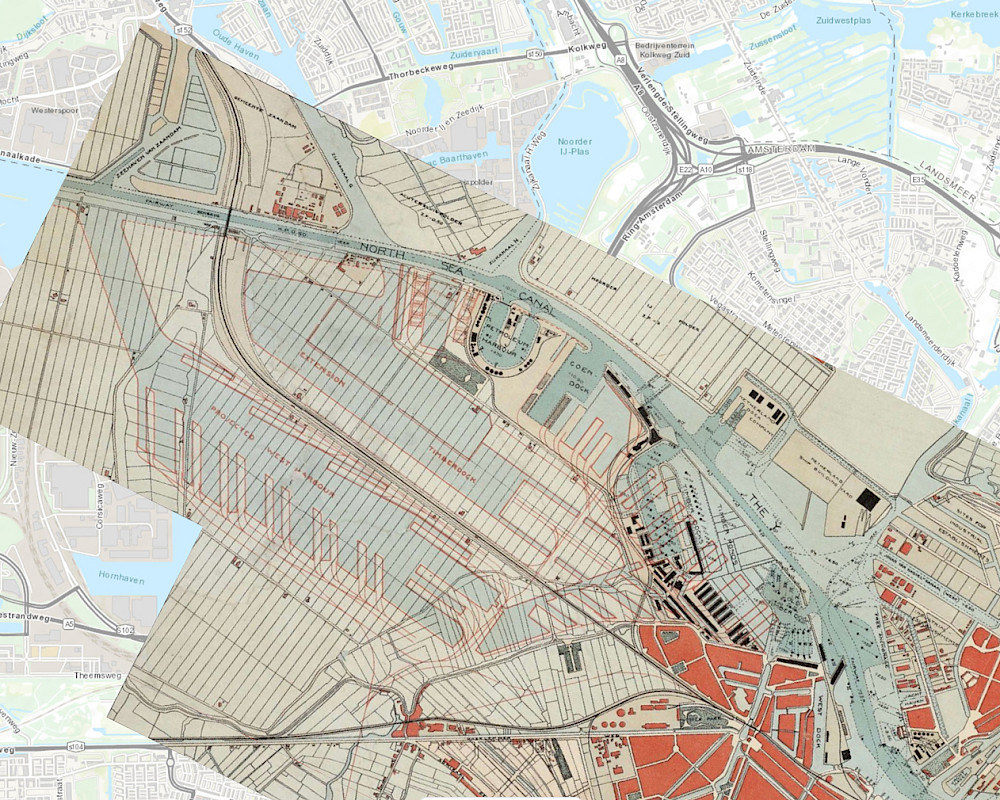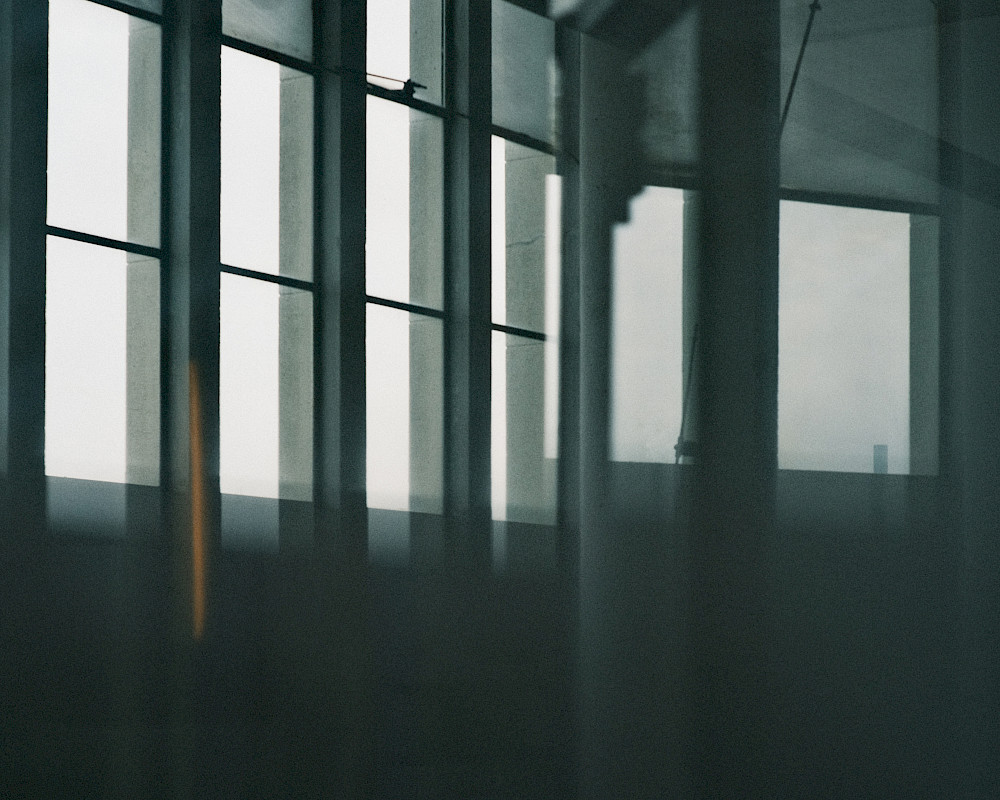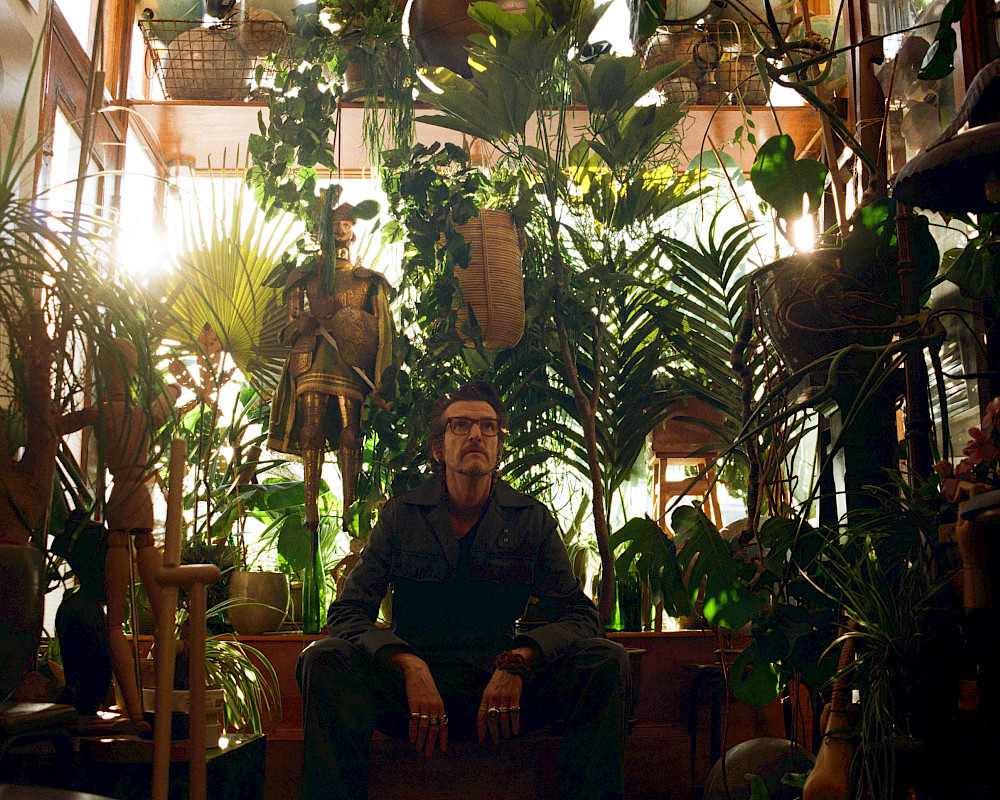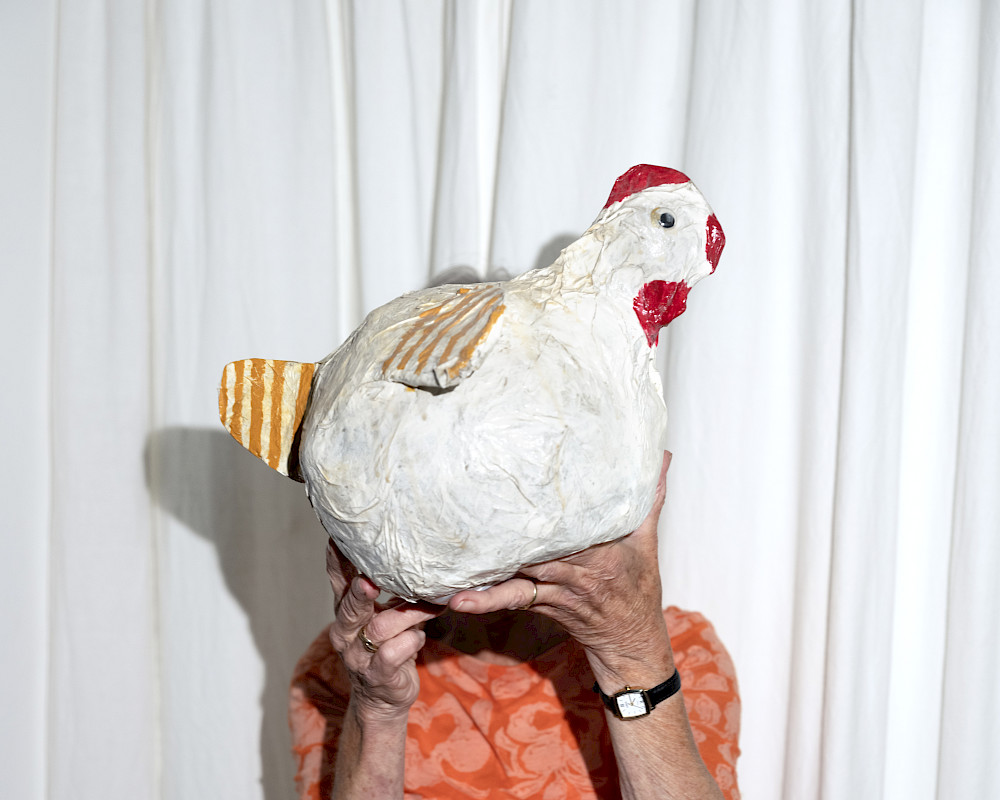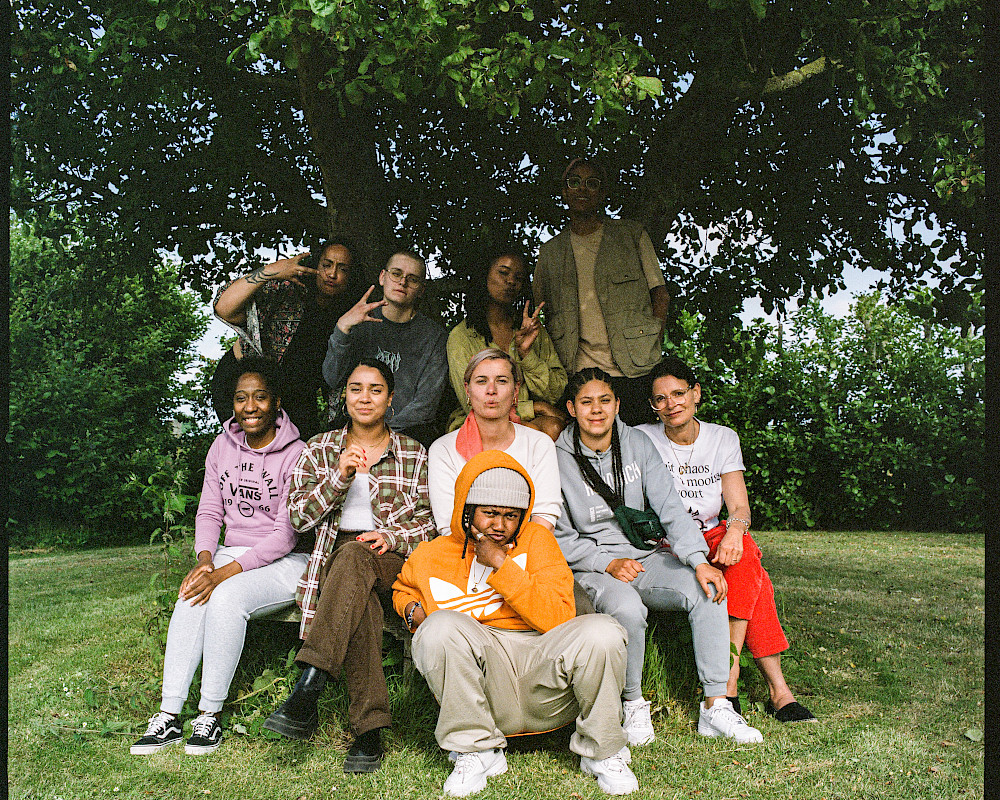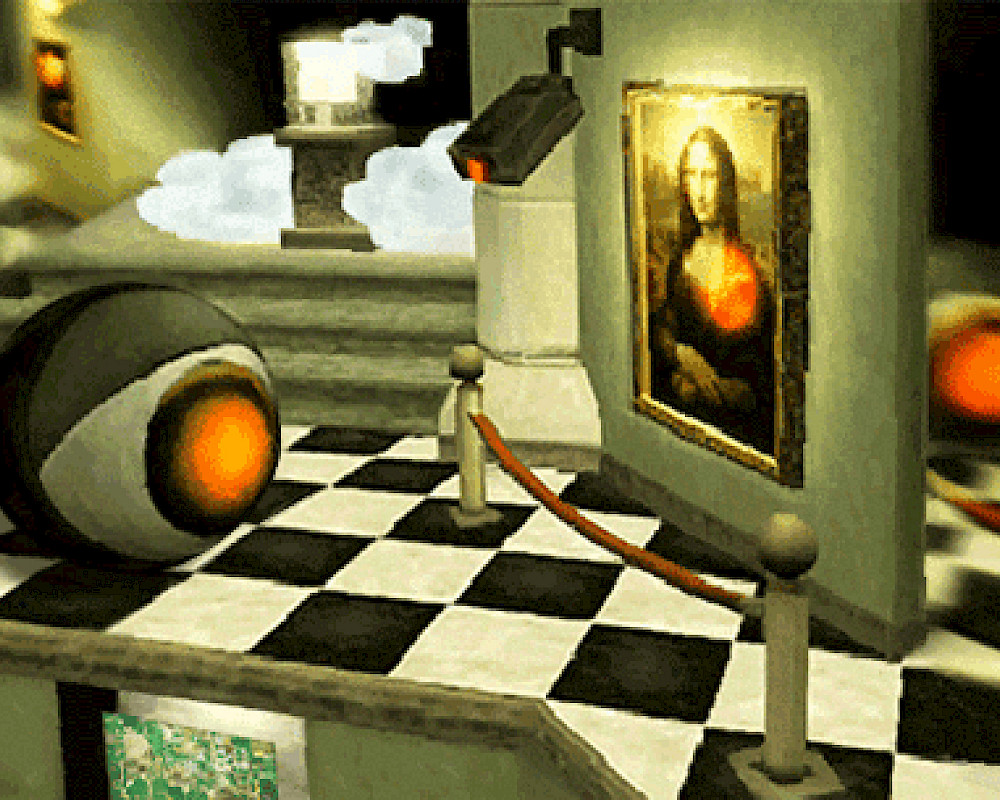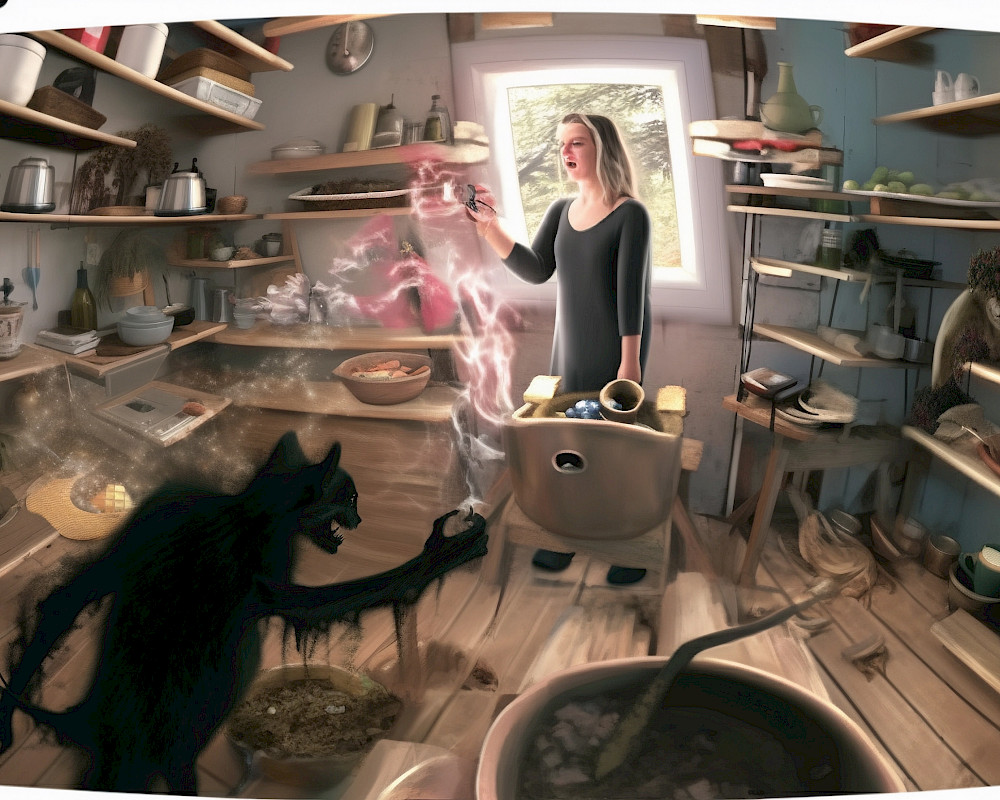7
min read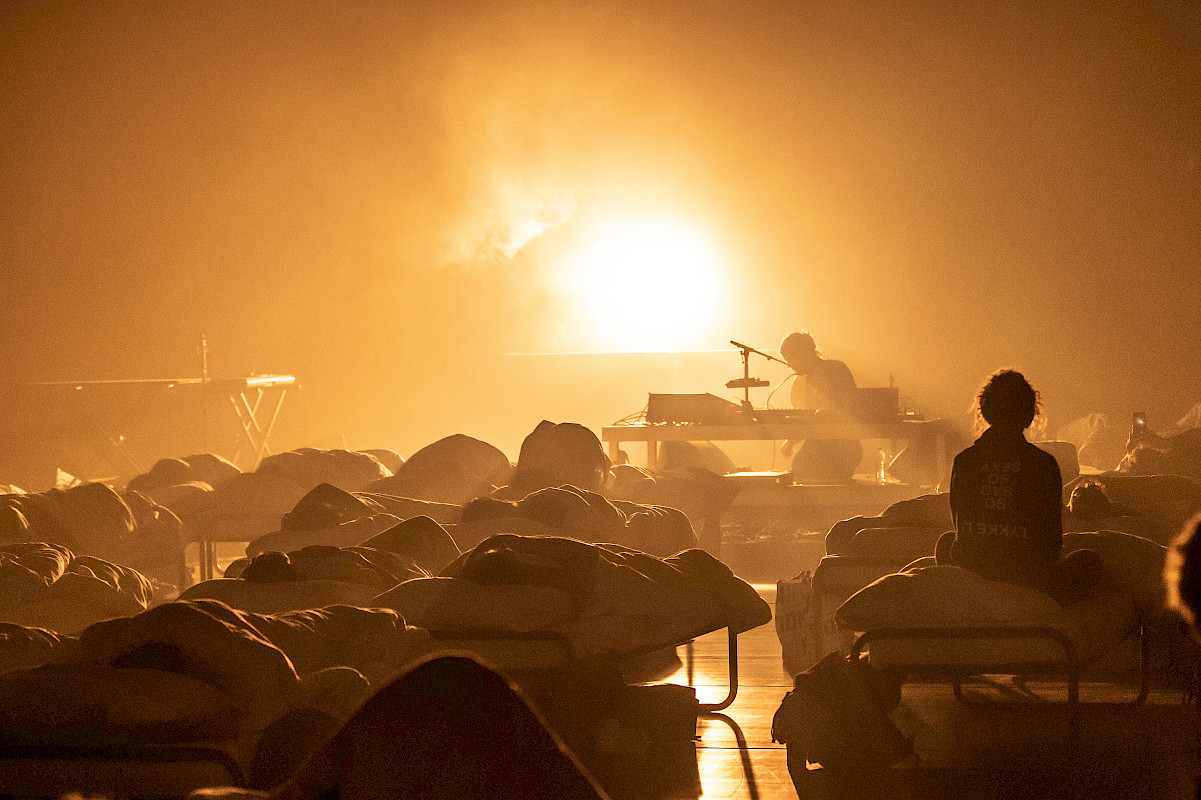
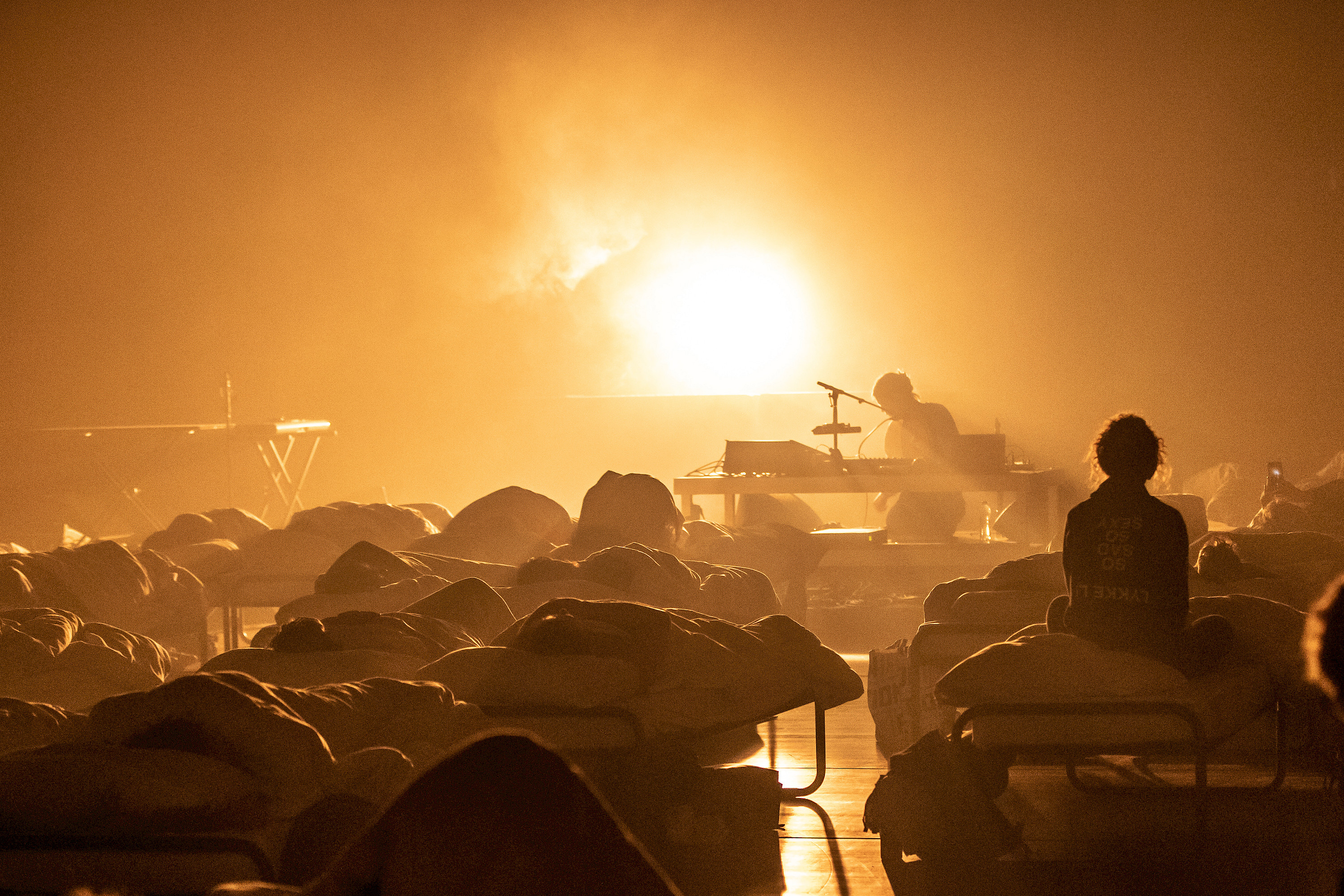
"It’s unbelievable how much sound is to be found in places like this. The music is already there, you just have to pay attention"
Music is an integral part of Het HEM’s DNA. As a house for contemporary culture, we relate music to other disciplines as well as to the distinctive and historic building we call home. For our Spatial Range project, which we started in 2021, we invite musicians to engage with this concrete entity and draw inspiration from it, create music for it, react to it and record in it. Can our building be a source for new music as well?
It made perfect sense to invite Museum Of No Art to be the first Spatial Range recording artist. The music project of artist Mona Steinwidder, Museum Of No Art, is described by herself as a metaphysical space with no location, yet enormous halls with transparent ceilings – an ever-changing exhibition of the subconscious. During her stay at Het HEM, she recorded source material for a six-track EP, both using the building as a source and going into dialogue with it.
You can now buy a copy of the EP by Museum Of No Art here.
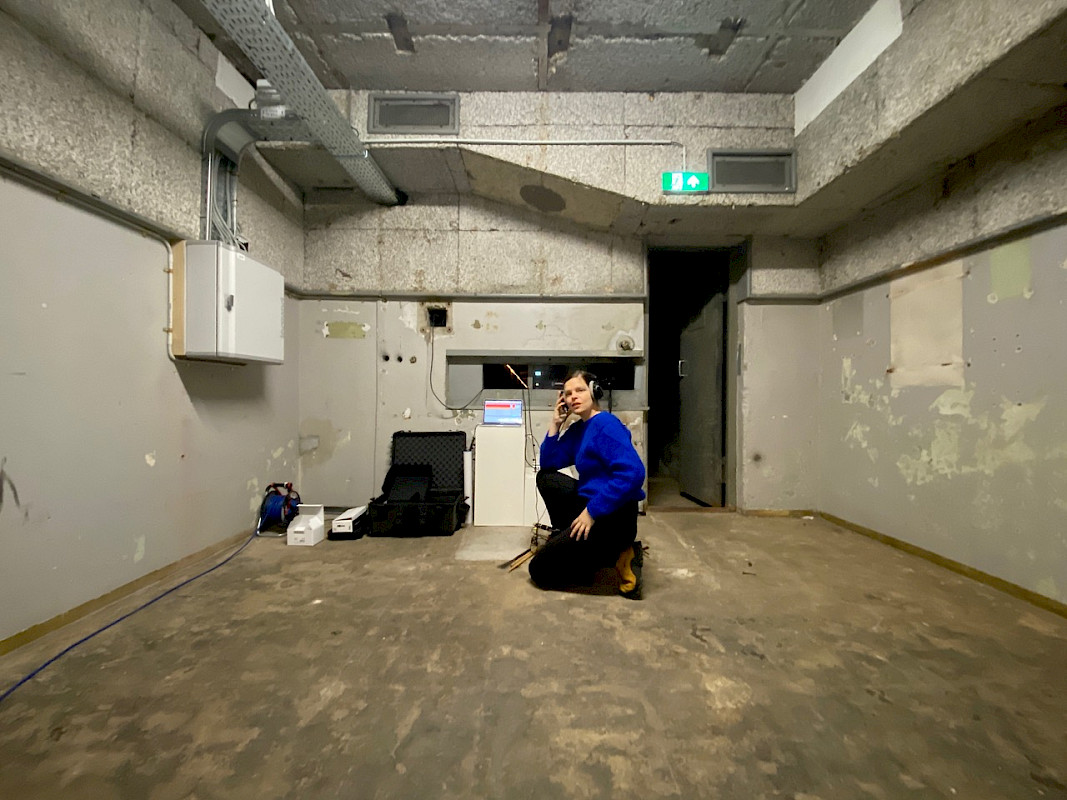
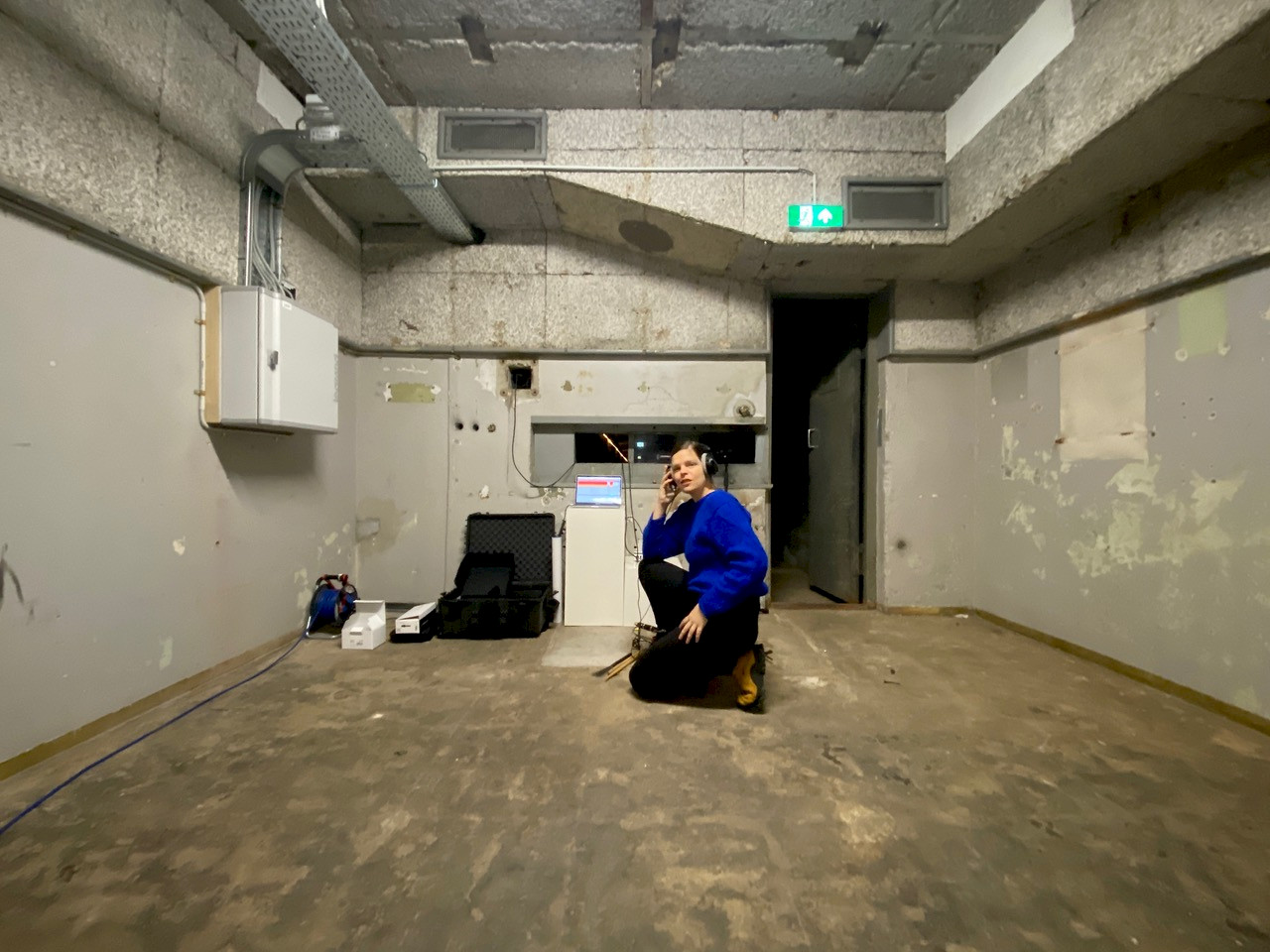
Het HEM: Hi Mona, I hope you are well. You just played at Sleep In: Slow Wave Phase on April 14th in Muziekgebouw, which we set up in collaboration with Minimal Music Festival. How was that experience for you?
Museum Of No Art: When I got the request, I was immediately hooked. I find the concept of bringing the very private and therefore intimate situation of sleeping into a communal, social space very interesting. Also, the associated collective silence and the focus on listening is incredibly exciting.
What I felt most intensely while playing for a sleeping audience was an atmosphere in the room of extreme vulnerability and fragility. Contrary to my expectations, it really seemed like everyone was still sound asleep when I started my concert at 7 a.m. It was totally unreal.
The wake-up phase was also accompanied by a really impressive light installation by Boris Acket. A sunrise was simulated in the concert hall. It was beautiful and a unique experience!
HH: Can you tell us something about Museum Of No Art? How and when did it start?
MONA: I have been making music under the pseudonym Museum Of No Art since 2018. After being active for many years in different projects, it was my wish to shift my musical focus and to explore the potential of improvisation and the musical freedom that comes with it.
"For me, the Museum Of No Art is a symbol of this space of artistic freedom. It’s a holy place without being religious"
In fact, at that point I sent myself into exile for half a year. I got a completely empty and very spacious apartment in Vienna through friends and then, torn from my social context, I drew, wrote and made a lot of music there. After half a year, I went back to Hamburg – it felt like a fresh start. For me, that meant in concrete terms that I dealt with new equipment and developed a new setup that made me feel flexible on stage. I then recorded the album Museum Of No Art within a few months. It was a very simple and beautiful process.
HH: You describe the Museum Of No Art as having no location, an open structure, a metaphysical space. How does the music relate to this metaphysical space? Does it come out of the Museum Of No Art or is it made for it?
MONA: The music becomes part of this space, and it becomes time; it is allowed to spread and disappear again completely independently. Its origin is everywhere and it itself appears as a Museum Of No Art.
HH: In 2021 you came to stay in Het HEM as the first musician taking part in the Spatial Range project. It has been a while since you were in the building, what have you been up to in the meanwhile?
MONA: Oh yeah, time has passed quickly.
I’ve played some concerts, worked on recordings. Nice projects have come up: for example, a release called “Manual”. Artist and label owner Mitko Mitkov invited me and three other musicians to write and record music to his text. This turned into a really nice LP which was released earlier this year. You could call it text-specific music or maybe poetic notation. I find it exciting to work with alternative forms of notation.
HH: When visiting Het HEM and recording in several of its spaces, you were in a very concrete architectural structure. Did the space become a source of sound, or even an instrument in part, or did you record more in dialogue with the space?
MONA: The space definitely became a source of sound. It’s unbelievable how much sound is to be found in places like this. The music is already there, you just have to pay attention. I’ve therefore spent a certain amount of time in the spaces of the building that seemed interesting to me, just listening and then recording. Sometimes the inspiring noises also were hidden or only came to light after staying in a room for a while.
But I also went into a dialog with the space. I made a lot of voice and clarinet recordings during my stay at Het HEM, and I also used the room itself as an instrument. I actually spent a lot of time underground in the 200-meter-long shooting range. An absurd feeling to walk up and down this infinitely long corridor alone, singing.
"It felt like the building was listening in a way"
Here are some additional thoughts about my sound exploration at Het Hem:
For me the dominating element at Het Hem is water. Water from the canal, in the form of rain, in the water pipes behind the walls and in the tanks which you find in some halls. And every form of water sounds different, depending on where it is found.
But of course, natural reverberation is the big, obvious issue to be faced in the rooms. You can’t avoid it at all [if you’re recording]. Therefore, the acoustics have their very own quality, because every tone, every noise has space to spread and then ultimately bounces off the cold and hard boundaries of the room. This effect also reinforces the feeling of being very small, a bit like being in the throat of a giant whale.
And that’s another phenomenon I experienced at Het Hem: Dimensions. In these halls the proportions feel changed. You also progress more slowly. A bit like running through water. The dimensions begin to sway. And that’s where the dialog starts.
HH: Was Het HEM the Museum Of No Art for this session?
MONA: It became part of the Museum Of No Art, so to speak.
HH: You made six tracks out of your visit here. Listening to the pieces, you really get a sense of the space. Did you expect the building to be so collaborative?
MONA: I could only guess what to expect in terms of acoustics and premises, but the building was actually very collaborative. All six tracks are based on the environmental sounds of Het Hem and are therefore very site-specific in the most obvious way.
For example, the last track, Water Tank, is entirely based on the sound of a tank I found in one of the big halls. The unpredictable rhythm of this object totally fascinated me. That was clearly a collaboration.
HH: What’s next for the Museum Of No Art?
MONA: I’m currently working on recordings for a release on the Dispari label. I try a lot with organic sounds that I then edit digitally. Phuong Dan, who brought Dispari to life, accompanies me in the artistic process and offers suggestions and criticism. With a background in fine arts, he acts more as a curator than as a producer. That’s new to me and an inspiring process.
There are also other collaborative projects that I am really looking forward to. It’s just nice to work with other people and to support and inspire each other.
